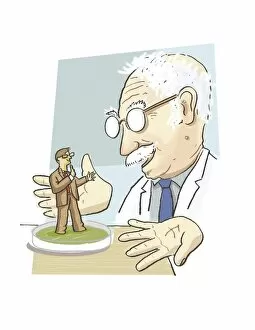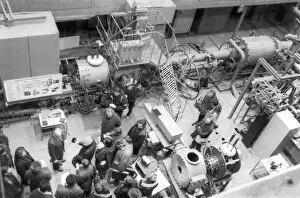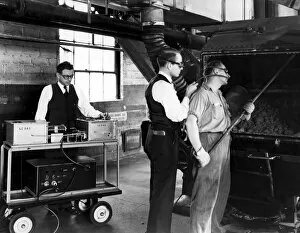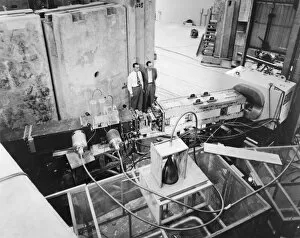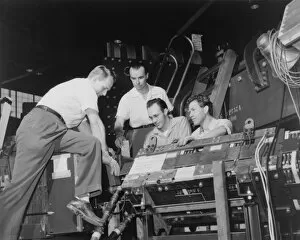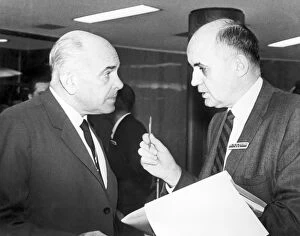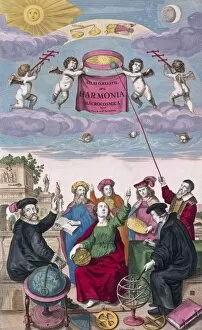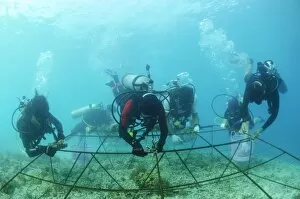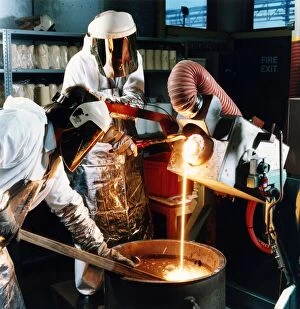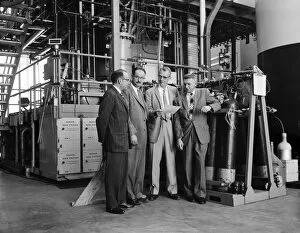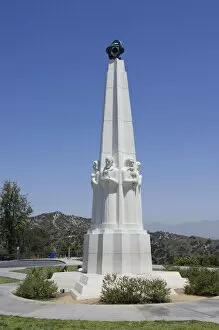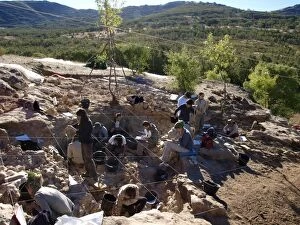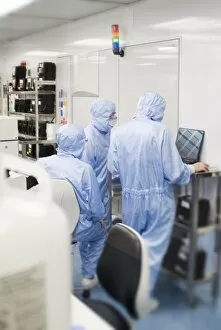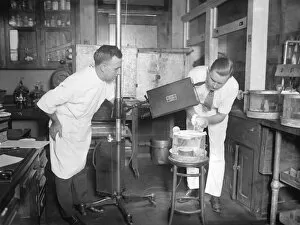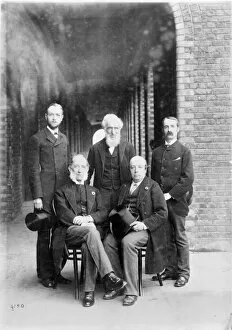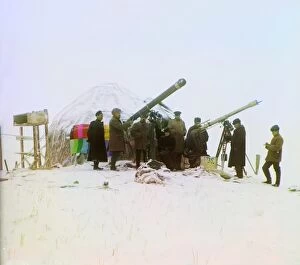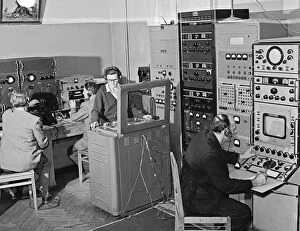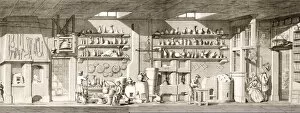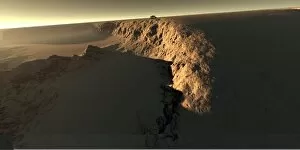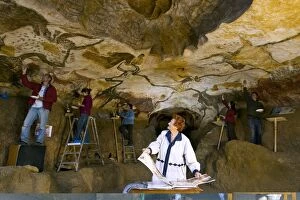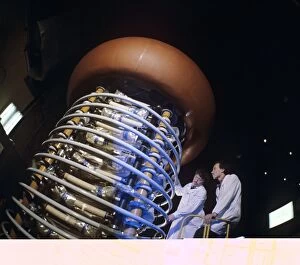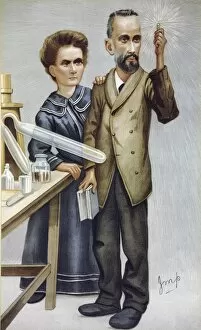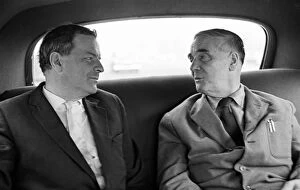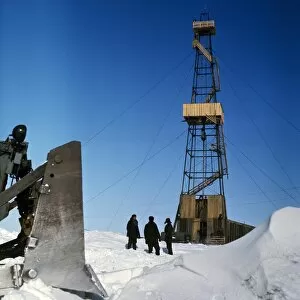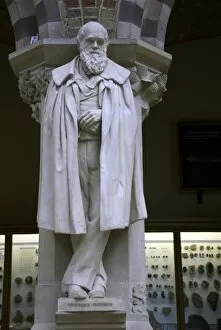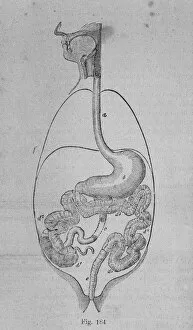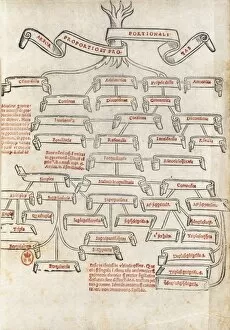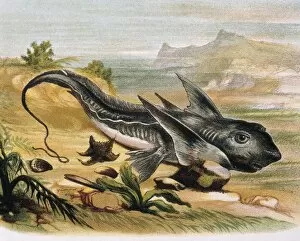Scientists Collection (#40)
Scientists have always been at the forefront of groundbreaking discoveries and advancements in various fields
For sale as Licensed Images
Choose your image, Select your licence and Download the media
Scientists have always been at the forefront of groundbreaking discoveries and advancements in various fields. From Watson and Crick's iconic DNA model to James Clerk Maxwell's contributions to physics, these brilliant minds have shaped our understanding of the world. The Fifth Physics Congress Solvay in Brussels, 1927, captured a gathering of some of the greatest scientific minds of their time. This black-and-white photo stands as a testament to the collaborative efforts that drive scientific progress. Delving into ancient wisdom, we find the enigmatic Emerald Tablet or Tabula Smaragdina. This mystical artifact has intrigued scientists for centuries with its cryptic inscriptions believed to hold secrets about alchemy and transformation. While scientists explore earthly phenomena, they also ponder extraterrestrial mysteries like UFOs and cattle mutilation. These unexplained occurrences challenge conventional knowledge and push researchers to think beyond traditional boundaries. Leonardo da Vinci's anatomical studio showcases his unparalleled curiosity about human anatomy. His meticulous observations paved the way for modern medical science and continue to inspire generations of aspiring scientists. Watson and Crick's groundbreaking discovery of DNA structure revolutionized biology forever. Their double helix model unlocked the blueprint for life itself, unraveling countless possibilities for genetic research and medical breakthroughs. In 1893, Fridtjof Nansen's ship Fram became frozen into ice during an Arctic expedition. This daring feat demonstrated scientists' unwavering determination in exploring uncharted territories despite facing extreme conditions. Traveling back millions of years ago, we encounter dinosaurs like Iguanodon dining on vegetation. Paleontologists meticulously study fossils like these to piece together Earth's ancient history and understand how life evolved over time. Science is not without its ethical dilemmas; German inventions designed for war by G. H Davis remind us that scientific progress can be harnessed destructively if not guided by moral principles. Johannes Van Keulen's celestial map takes us on a journey through the vastness of space.

